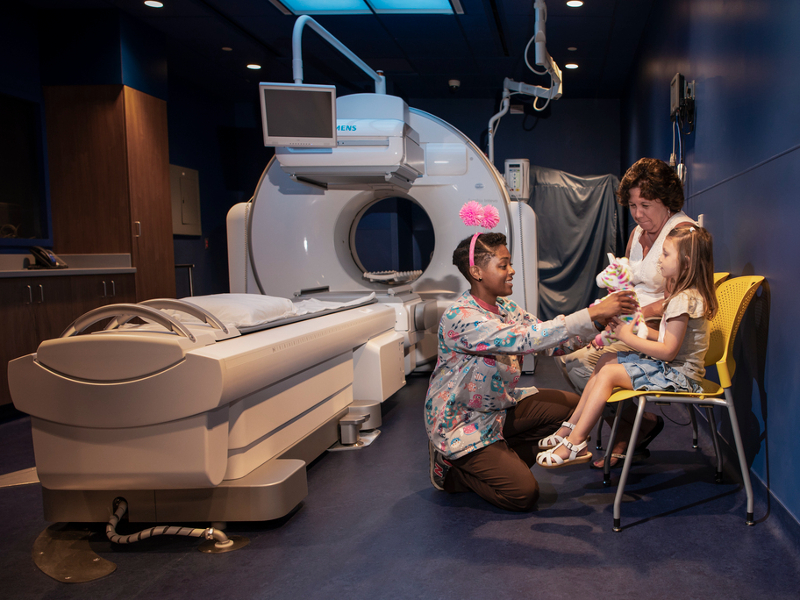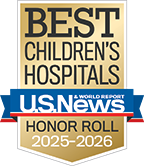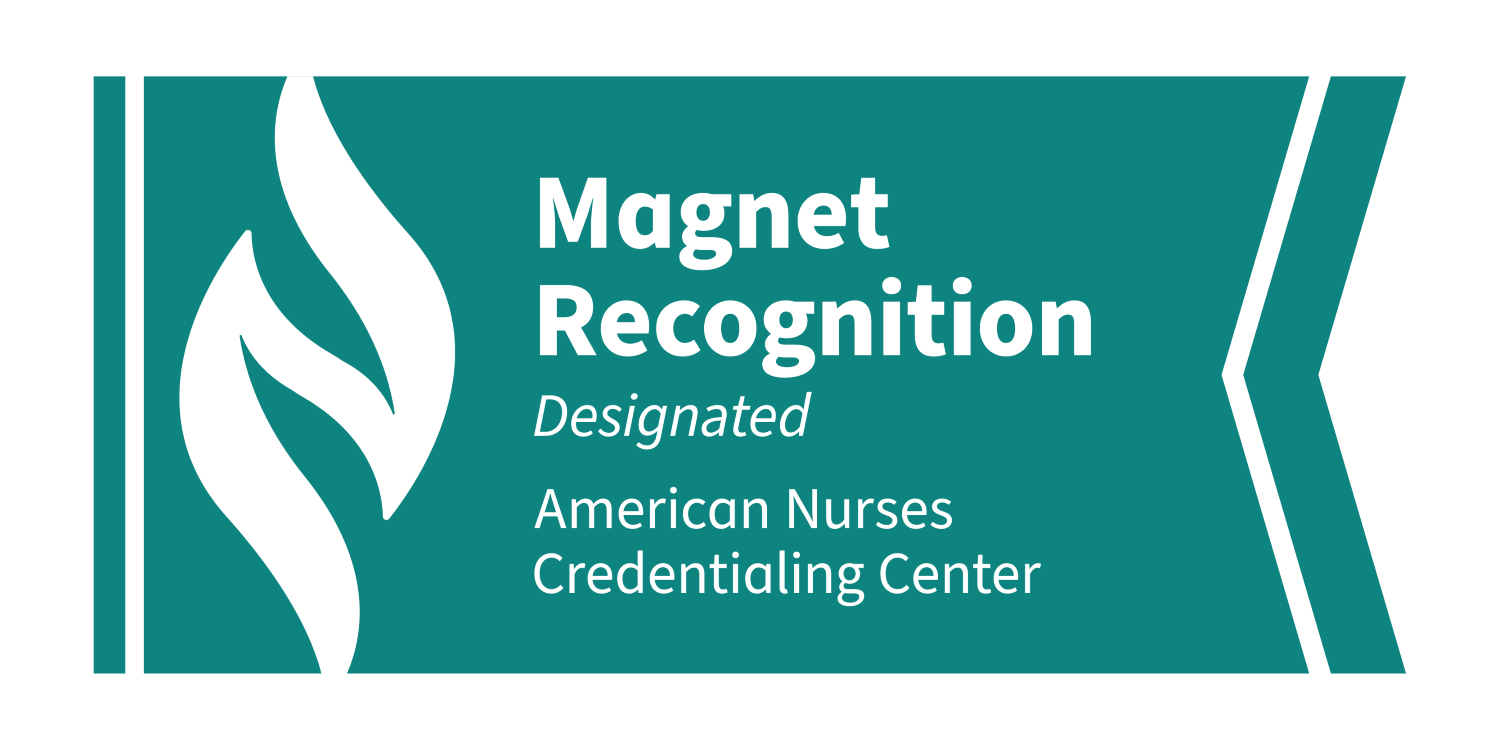Treatment
Pediatric Sclerotherapy
Sclerotherapy is a nonsurgical minimally invasive treatment option for certain types of vascular malformations. Common vascular malformations which are treated by sclerotherapy include venous and lymphatic malformations. Your child's doctor at Children's National Hospital will inject a liquid medication into the malformation under imaging guidance while your child is asleep under anesthesia. The medication causes inflammation and then, in few weeks, shrinking of the area due to scarring inside the malformation. Sometimes malformations become enlarged again over time and may require repeat sclerotherapy.
Frequently Asked Questions
How is sclerotherapy performed?
Will my child be awake for the sclerotherapy procedure?
How long does sclerotherapy in children take?
What are the risks of sclerotherapy in children?
Will my child be in pain after sclerotherapy?
When can I remove my child's bandage after sclerotherapy?
When can my child bathe after sclerotherapy?
Are there any activity restrictions after sclerotherapy in children?
Meet the Providers Who Perform Sclerotherapy
Departments that Offer Sclerotherapy

Interventional Radiology
Children's National interventional radiologists perform a full range of minimally invasive, image-guided procedures to both diagnose and treat disease in infants, children and adolescents. Learn more about how we help children in our care.

Help Kids and Make a Difference
Invest in future cures for some of life's most devastating diseases. Give today to help more children grow up stronger.







